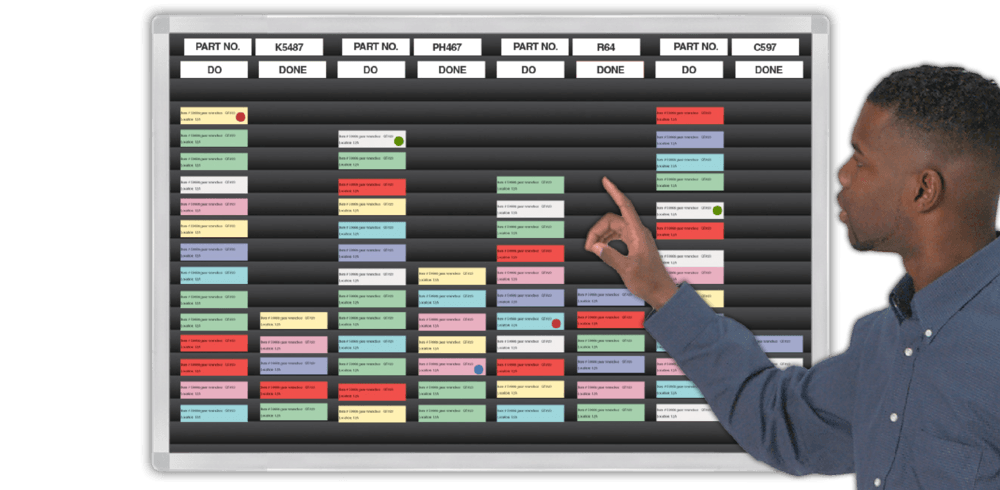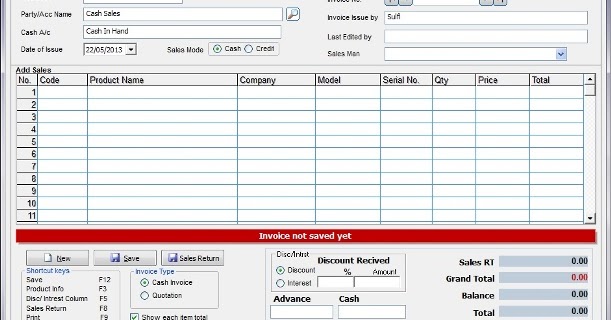

- #Inventory control system from 1970s with file cards registration#
- #Inventory control system from 1970s with file cards professional#
In 1964, the UNESCO recommendation on the Means of Prohibiting and Preventing the Illicit Export, Import and Transfer of Ownership of Cultural Property recommended that “each member state should draw up a national inventory of property”. Numerous international conventions, national legislations or codes of ethic stress the importance of inventorying systems in order to protect cultural property.
#Inventory control system from 1970s with file cards registration#
States are encouraged to impose the inventory of public collections as a condition for the registration of public places of conservation, and to promote the use of effective inventory systems. Its dissemination is also a condition for the necessary exercise of due diligence during an acquisition.Ĭonsequently, inventory/identification is recognized as the most powerful tool in the fight against illicit traffic of cultural property.

Moreover, the existence of such information is essential to understand the history of an object and to clearly establish its ownership. Scarce or imprecise information can’t be disseminated and used for police investigation.

The combination between a clear and detailed description of the object and a good photography is an essential condition to recover them in case of theft, as it offers valuable information for State authorities. “You can’t find something you don’t know”.īesides its paramount importance for the management of collections, inventory and identification allow for the traceability of cultural objects. Further documents can also be added to the description to help the identification of the object (sketches, catalogue references, etc.). Proper identification of an object will at least combine its description and a good photography.
#Inventory control system from 1970s with file cards professional#
The ID of an object will actually provide the minimum amount of information required for investigation purpose, which can also be used as a first step for the further development of a professional inventory, or the simple listing of cultural property for individual owners.Įvery cultural object, in public or private hands, should be identified, for its own safety. The identification of an object contains a reduced number of information, which is actually limited to the physical description of the object. It requires rigor and scientific knowledge, in order to ensure a precise description and documentation. Inventorying a collection falls under the responsibility of its public or private owner. States are also encouraged to use a common system for public inventories, and to centralise them in a national database. Moreover, they should be duplicated on various supports in order to ensure the safeguarding of the data. The inventory can be operated by hand, but the use of computers and computer backup systems are highly recommended. In some countries, the listing of cultural property on the national inventory will confer a specific legal status to the object (inalienability, impossibility to seize it, etc.).

An inventory should therefore contain a complete identification of the object, which can be compared to an ID card, and all the related documentation. They serve to identify, protect, interpret and physically preserve the registered items.Īn inventory aims at listing and organising all the information regarding a cultural artefact, its history and its context. Inventories are detailed, itemized lists, reports or records of objects, monuments, buildings and cultural sites and landscapes.


 0 kommentar(er)
0 kommentar(er)
